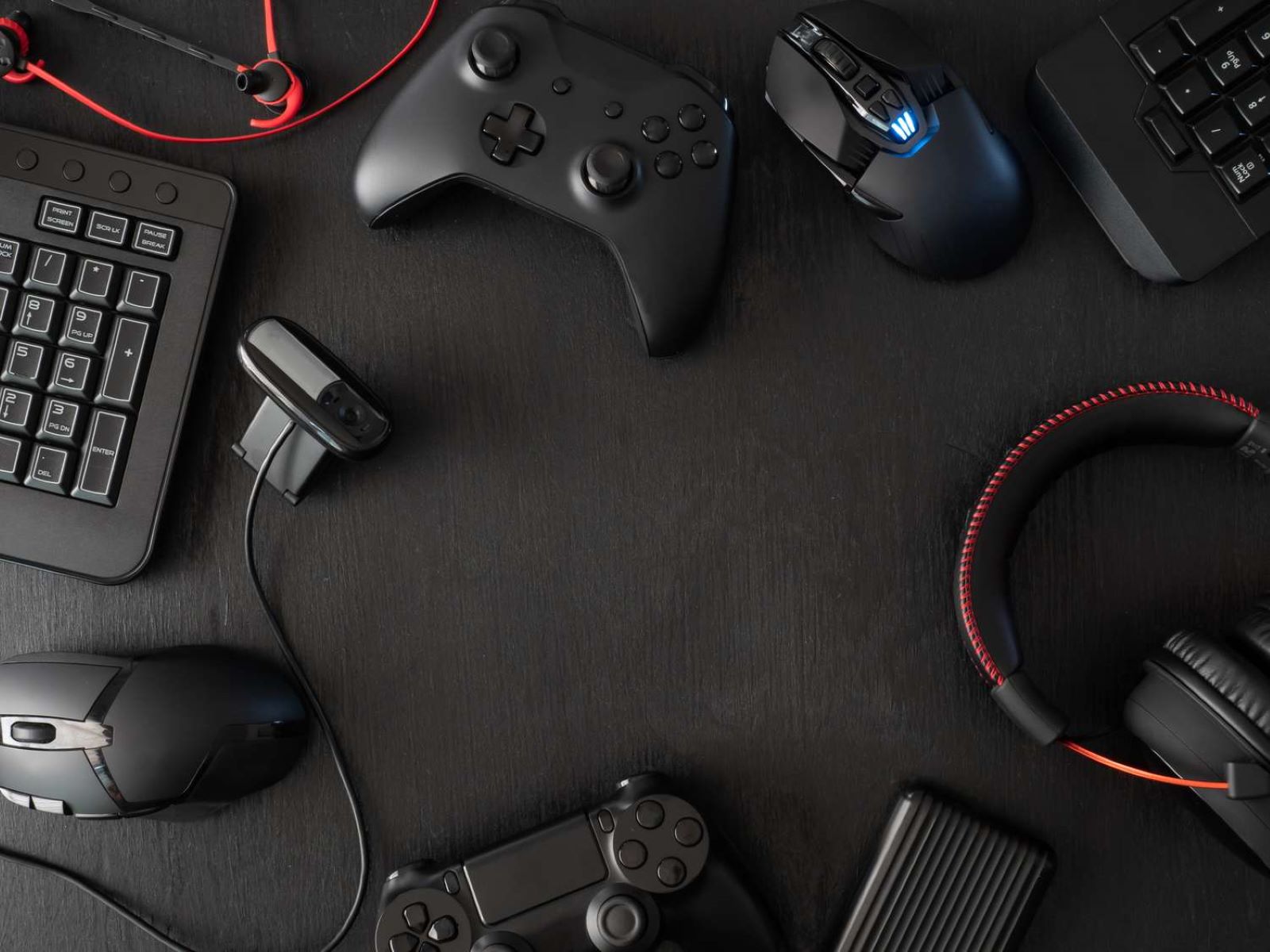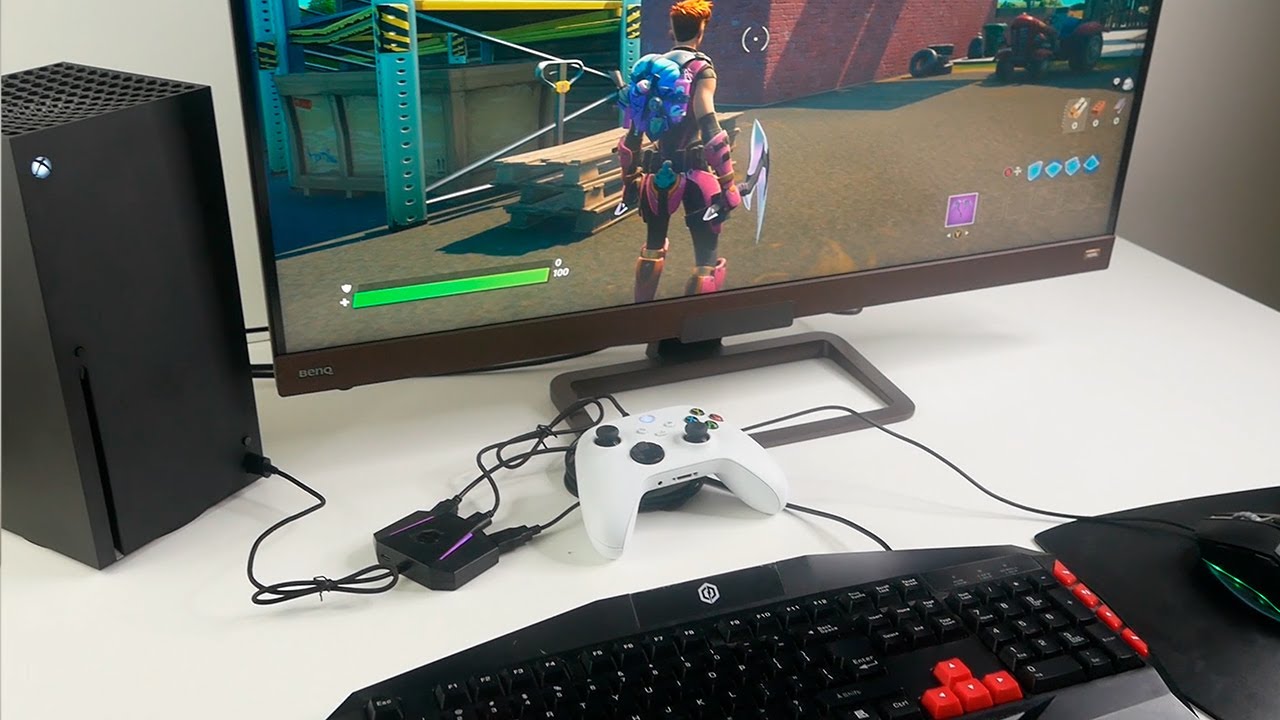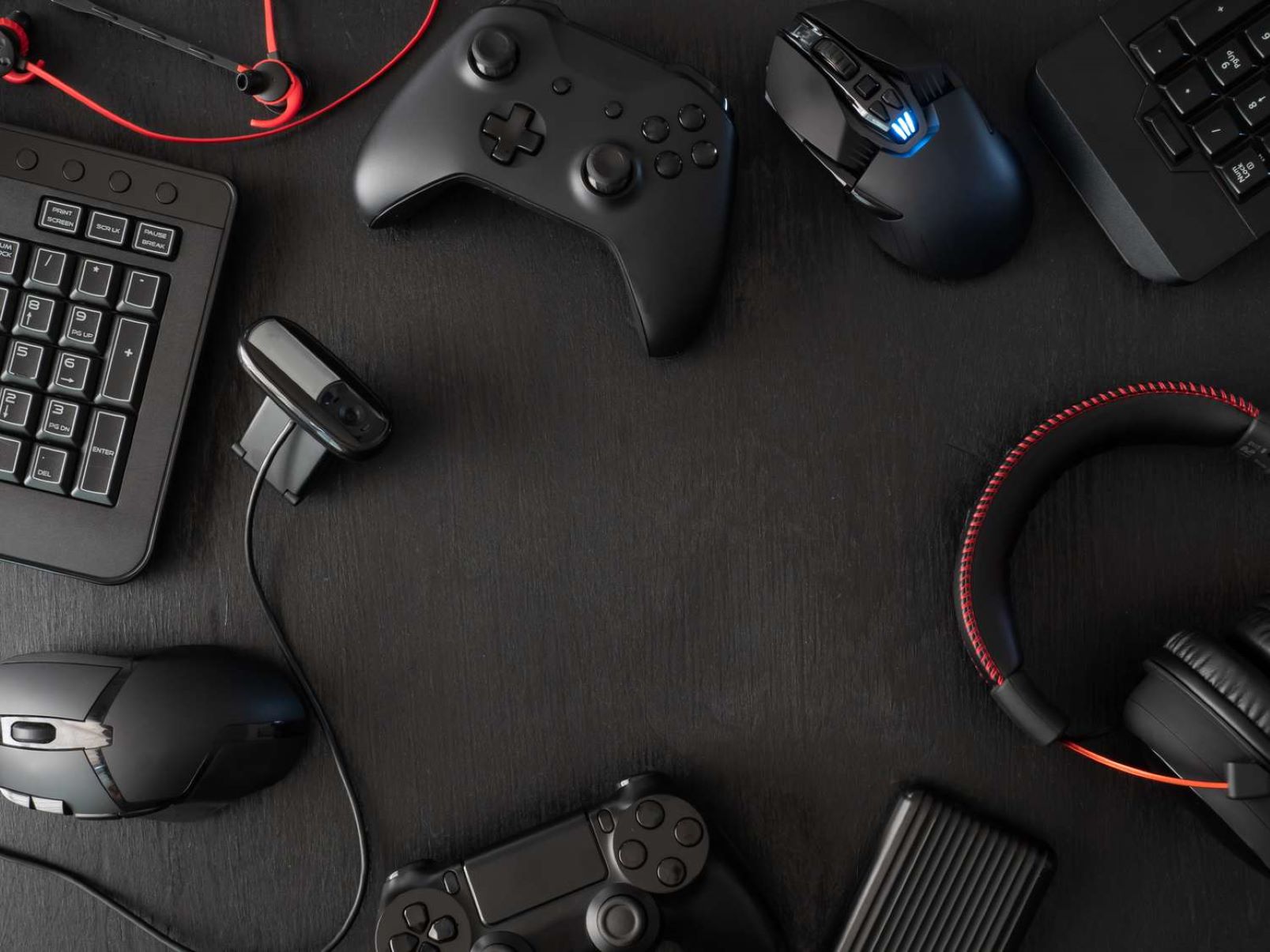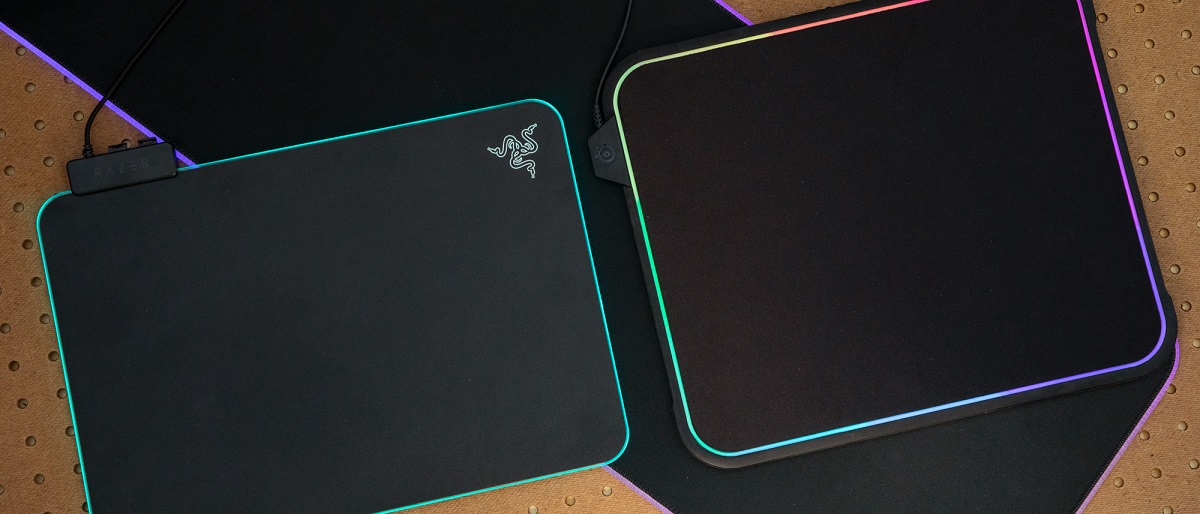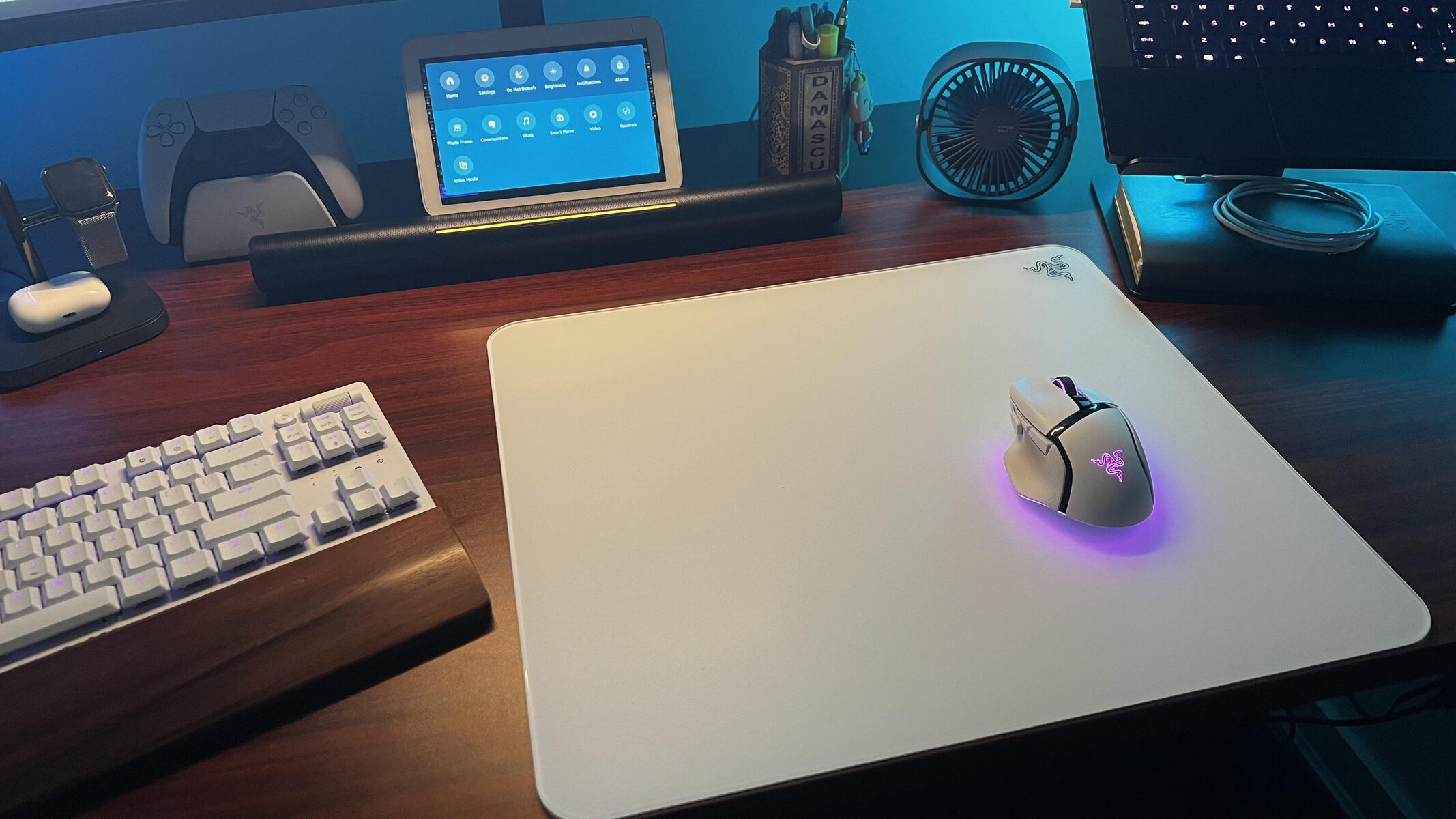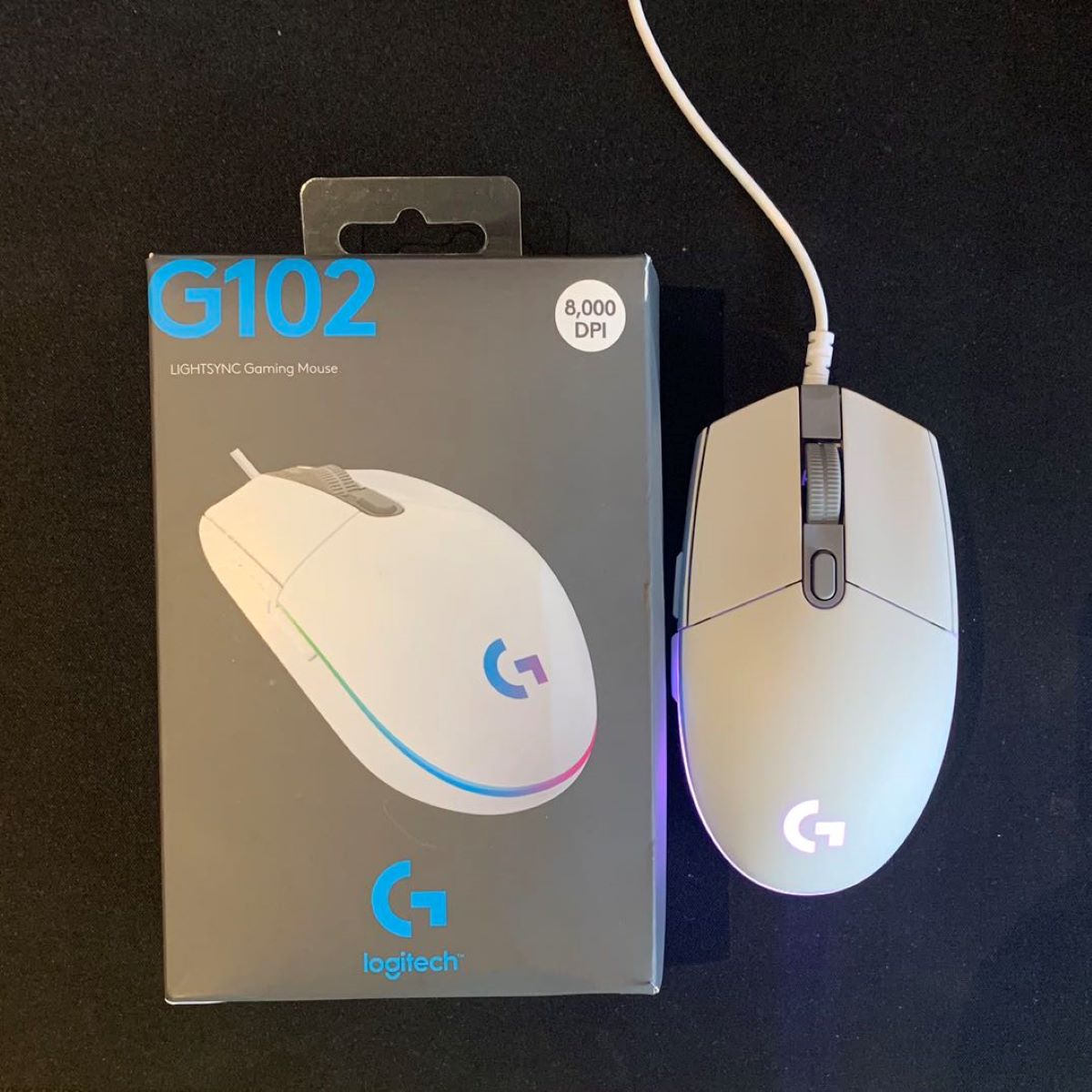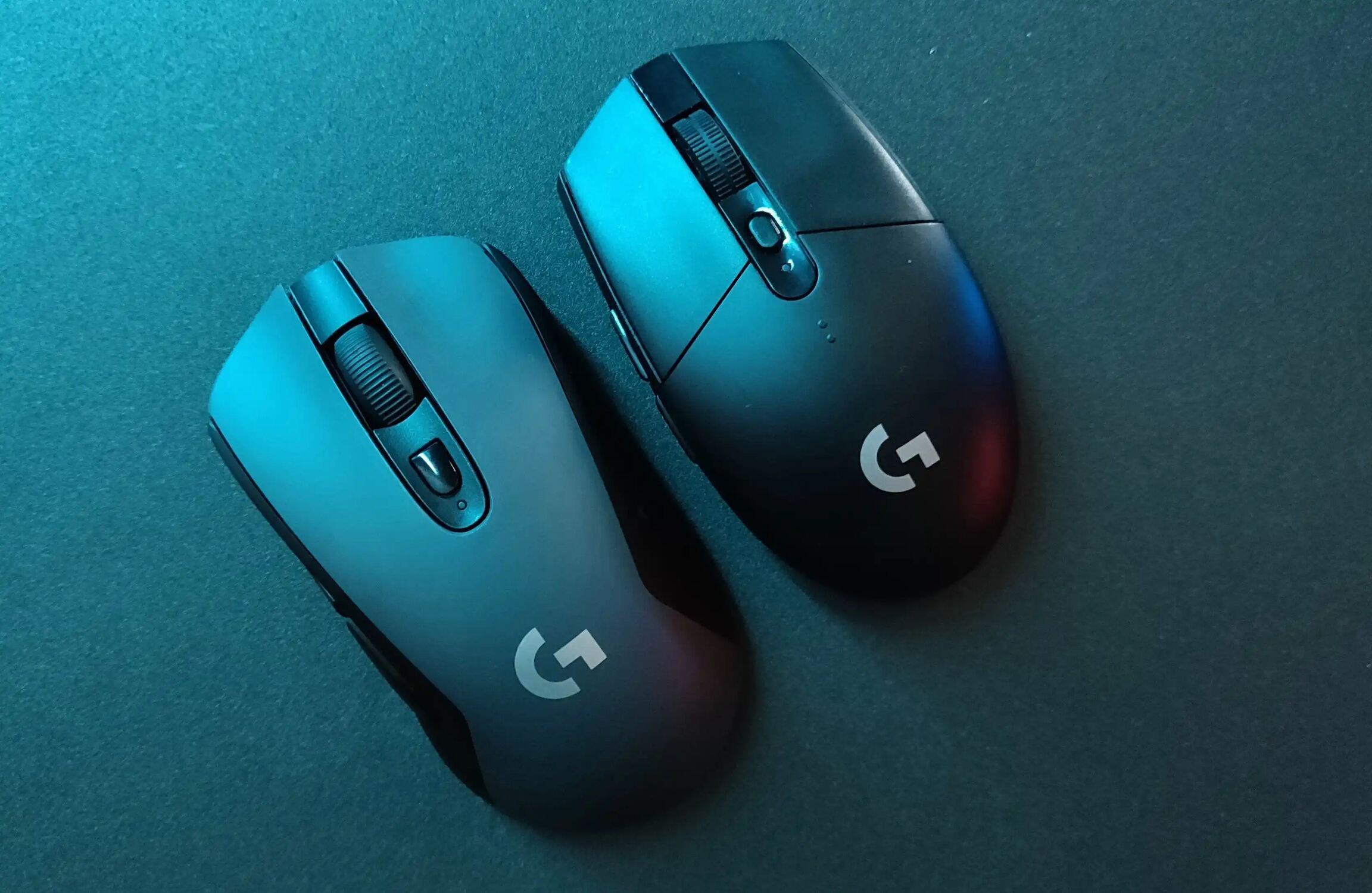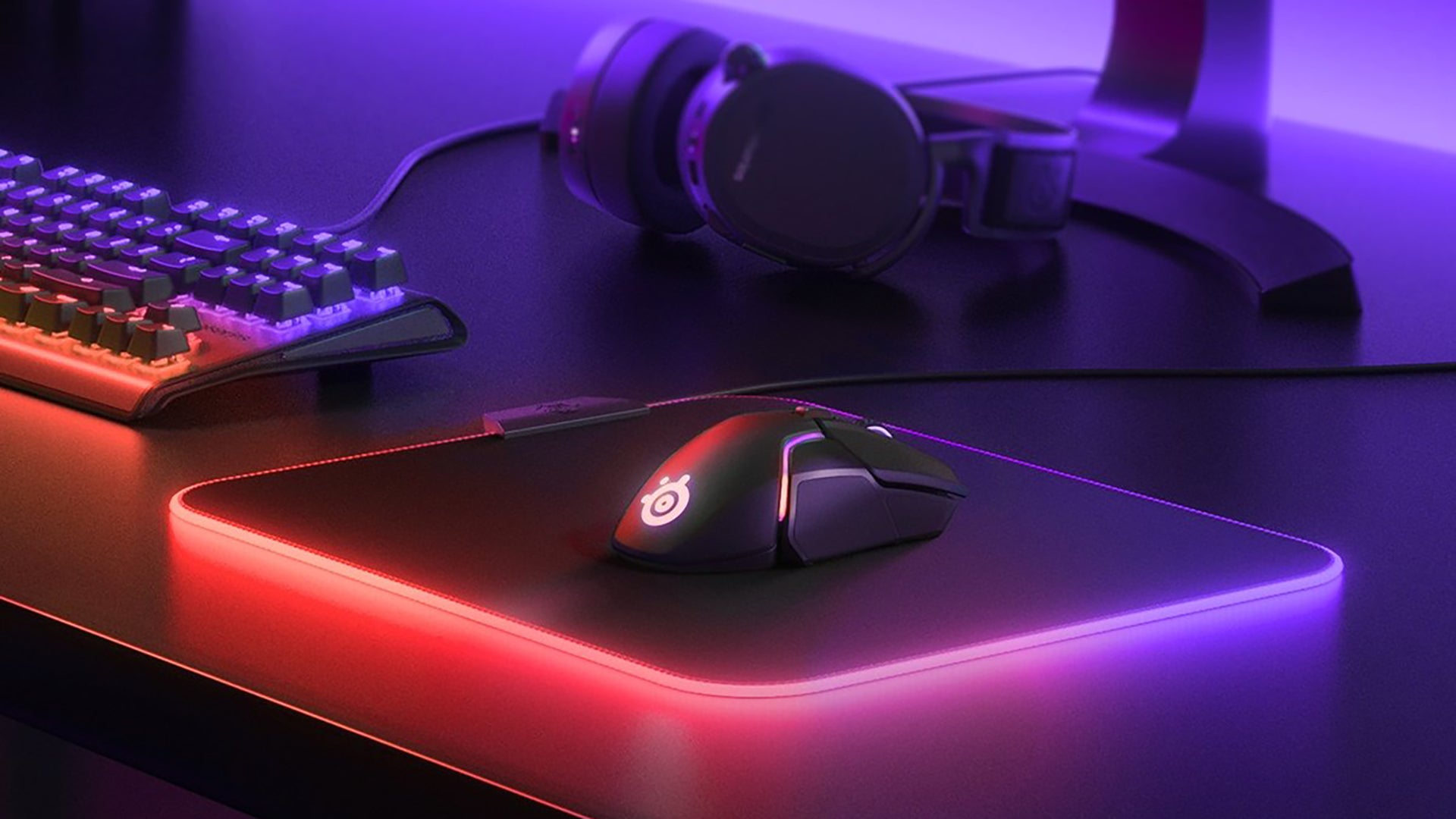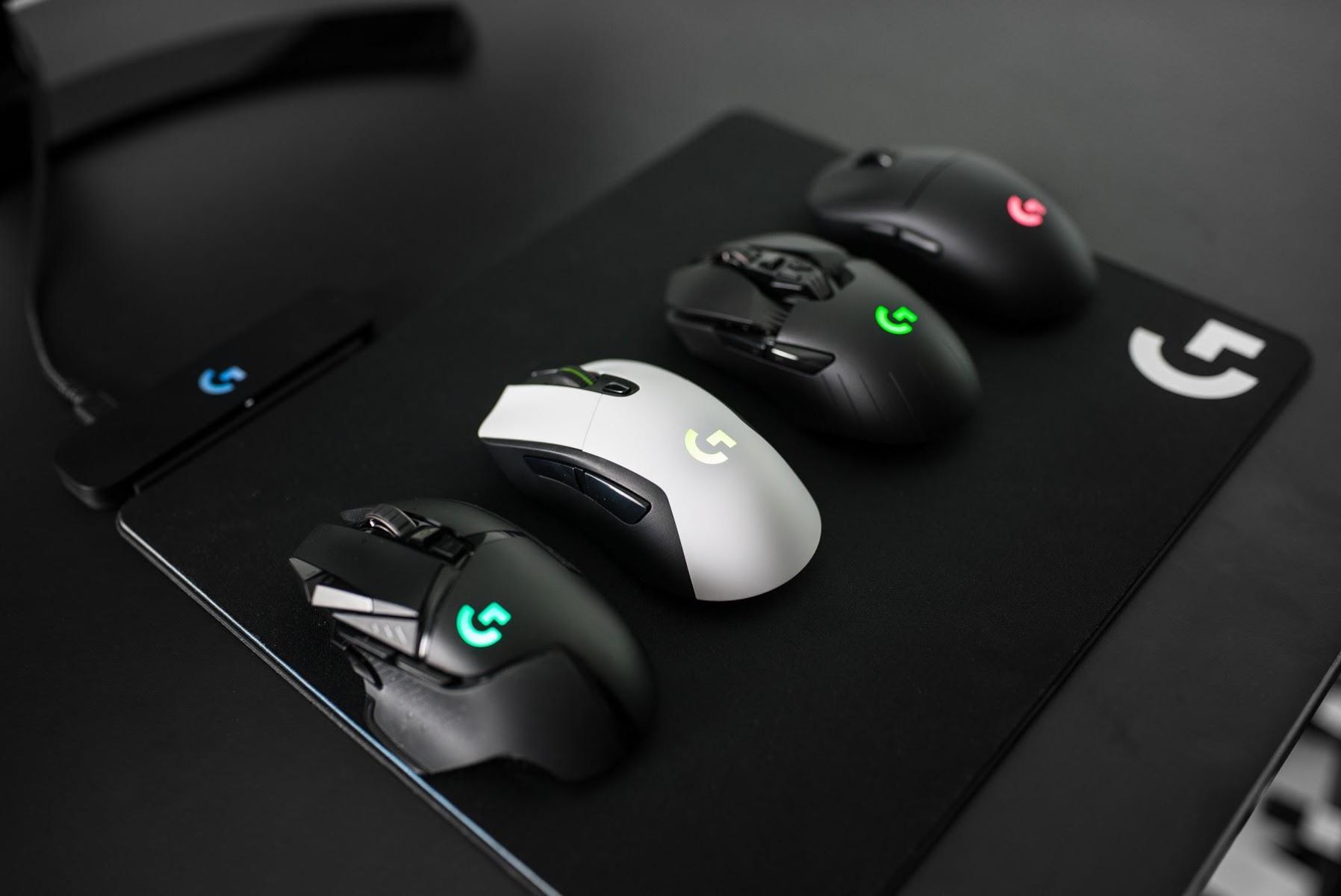Introduction
Have you ever considered using your game controller as a mouse? It may sound unconventional, but it can offer a unique and convenient way to navigate your computer. Whether you're a gamer looking to switch things up or someone seeking an alternative input method, using a game controller as a mouse can bring a new level of flexibility to your computing experience.
Navigating a computer using a game controller can be particularly beneficial for individuals with mobility challenges or those who simply prefer the ergonomics of a controller. Additionally, it can add a fun and interactive element to everyday tasks, making the computer feel more like a gaming console.
In this guide, we'll explore the steps to set up and configure your game controller for use as a mouse, as well as provide tips and tricks for seamless integration. By the end of this tutorial, you'll be equipped with the knowledge to harness the full potential of your game controller beyond gaming, transforming it into a versatile tool for navigating your computer with ease and precision. So, let's dive in and unlock the possibilities of using a game controller as a mouse.
Setting Up Your Game Controller
Before you can start using your game controller as a mouse, you’ll need to ensure that it’s properly set up and recognized by your computer. The process may vary depending on the type of controller you have, but the following general steps can guide you through the setup:
- Connect Your Controller: Begin by connecting your game controller to your computer using a USB cable or a wireless adapter. If you’re using a wireless controller, make sure it’s paired with your computer via Bluetooth or the appropriate wireless connection method.
- Driver Installation: In some cases, your computer may automatically install the necessary drivers for the controller. If not, you may need to visit the manufacturer’s website to download and install the specific drivers for your controller model.
- Check Recognition: Once the controller is connected and the drivers are installed, verify that your computer recognizes the controller. You can do this by accessing the device manager or system preferences to ensure that the controller appears in the list of connected devices.
It’s important to note that different operating systems and controller models may require specific setup procedures. Therefore, it’s advisable to refer to the documentation provided with your controller for detailed setup instructions tailored to your device.
With your game controller successfully set up and recognized by your computer, you’re now ready to move on to the next step: configuring the controller to function as a mouse.
Configuring Your Game Controller
Once your game controller is connected and recognized by your computer, the next essential step is to configure it to mimic the functions of a mouse. This process typically involves mapping the controller’s buttons and joysticks to specific mouse actions, such as cursor movement, left and right-click functions, and scrolling. The configuration can be achieved through various methods, including utilizing built-in operating system settings or third-party software.
For Windows users, the operating system provides native support for configuring game controllers. You can access the “Devices and Printers” or “Bluetooth & other devices” settings to calibrate and customize the controller’s behavior. Within these settings, you can assign mouse functions to the controller’s buttons and joysticks, adjust sensitivity, and fine-tune other parameters to ensure a smooth and responsive experience.
Mac users can leverage the “System Preferences” to configure their game controller for mouse emulation. By navigating to the “Accessibility” settings and selecting “Switch Control,” you can map the controller’s inputs to mouse actions, allowing for seamless navigation and interaction with the macOS interface.
Alternatively, third-party software solutions, such as JoyToKey, Xpadder, or DS4Windows, offer advanced customization options for configuring game controllers across different operating systems. These programs enable users to create custom profiles, map controller inputs to mouse and keyboard functions, and adjust settings to suit individual preferences.
It’s important to experiment with different configurations and settings to find the optimal setup that aligns with your usage habits and comfort. Additionally, be sure to explore any additional features offered by the configuration software, such as macro support, button remapping, and sensitivity adjustments, to further enhance the controller’s versatility as a mouse substitute.
With your game controller successfully configured to emulate mouse functionality, you’re now prepared to seamlessly transition into using it as a versatile input device for navigating your computer interface and interacting with various applications.
Using Your Game Controller as a Mouse
Once your game controller is set up and configured to emulate mouse functions, you can begin using it as an alternative input device for navigating your computer interface with precision and convenience. Here’s how you can seamlessly transition into using your game controller as a mouse:
- Cursor Movement: Use the controller’s joysticks or directional pad to move the on-screen cursor. The sensitivity and responsiveness can be adjusted based on your preferences, allowing for smooth and intuitive navigation.
- Left and Right Click: Assign specific buttons on the controller to act as left and right mouse clicks. This enables you to interact with icons, buttons, and menus just like you would with a traditional mouse.
- Scrolling: Depending on your controller’s capabilities and configuration, you can utilize designated controls to simulate scrolling actions, facilitating seamless browsing through documents, web pages, and other content.
- Precision Control: The analog sticks on the controller offer precise control, making it ideal for tasks that require fine adjustments, such as graphic design, photo editing, or precise cursor placement.
- Custom Profiles: If your controller configuration software supports it, consider creating custom profiles tailored to specific applications or usage scenarios. This allows for optimized control schemes based on the task at hand.
Using a game controller as a mouse introduces a dynamic and engaging dimension to your computing experience, particularly for individuals who prefer the familiar feel and ergonomics of a controller. Whether you’re navigating through documents, browsing the web, or engaging in creative work, the controller’s versatility can streamline your interactions with the computer, offering an alternative to traditional input devices.
Furthermore, the ability to seamlessly switch between gaming and general computing tasks without swapping input devices adds a layer of convenience and flexibility to your workflow. This seamless transition between gaming and productivity tasks can enhance the overall user experience, especially for those who value versatility and adaptability in their computing setup.
By harnessing the capabilities of your game controller as a mouse substitute, you can unlock a new level of control and interactivity, tailored to your preferences and usage habits.
Tips and Tricks for Using a Game Controller as a Mouse
As you embark on the journey of using a game controller as a mouse, consider the following tips and tricks to optimize your experience and make the most of this unconventional input method:
- Customize Sensitivity: Experiment with the sensitivity settings to find the right balance that suits your navigation style. Adjusting the sensitivity can enhance precision and responsiveness, catering to individual preferences.
- Explore Button Mapping: Take advantage of the controller’s button mapping capabilities to assign functions that align with your workflow. Customizing button layouts can streamline interactions and make tasks more efficient.
- Utilize Profiles for Different Tasks: If your configuration software supports profiles, create dedicated profiles for specific tasks or applications. For instance, you can have a profile optimized for web browsing and another tailored for graphic design software, ensuring an optimal experience in each scenario.
- Practice and Refinement: Like mastering any new tool, practice using the game controller as a mouse to refine your skills and adapt to the nuances of controller-based navigation. Over time, you’ll become more adept at leveraging the controller for a wide range of tasks.
- Consider Ergonomics: Pay attention to ergonomics and comfort while using the controller for extended periods. Adjust your seating position and the placement of the controller to minimize strain and maximize comfort during prolonged use.
- Explore Additional Features: Familiarize yourself with any additional features offered by the controller and its configuration software, such as macro support, advanced button remapping, and vibration feedback, to enhance your overall user experience.
- Community Resources: Engage with online communities and forums dedicated to controller-based computing to exchange tips, troubleshoot issues, and discover innovative ways to optimize your setup.
By incorporating these tips and tricks into your usage of a game controller as a mouse, you can elevate your computing experience, tailor the controller to your specific needs, and seamlessly integrate it into your daily workflow. Embracing the versatility of a game controller beyond gaming opens up new possibilities for interaction and control, offering a personalized and engaging approach to navigating your computer interface.







